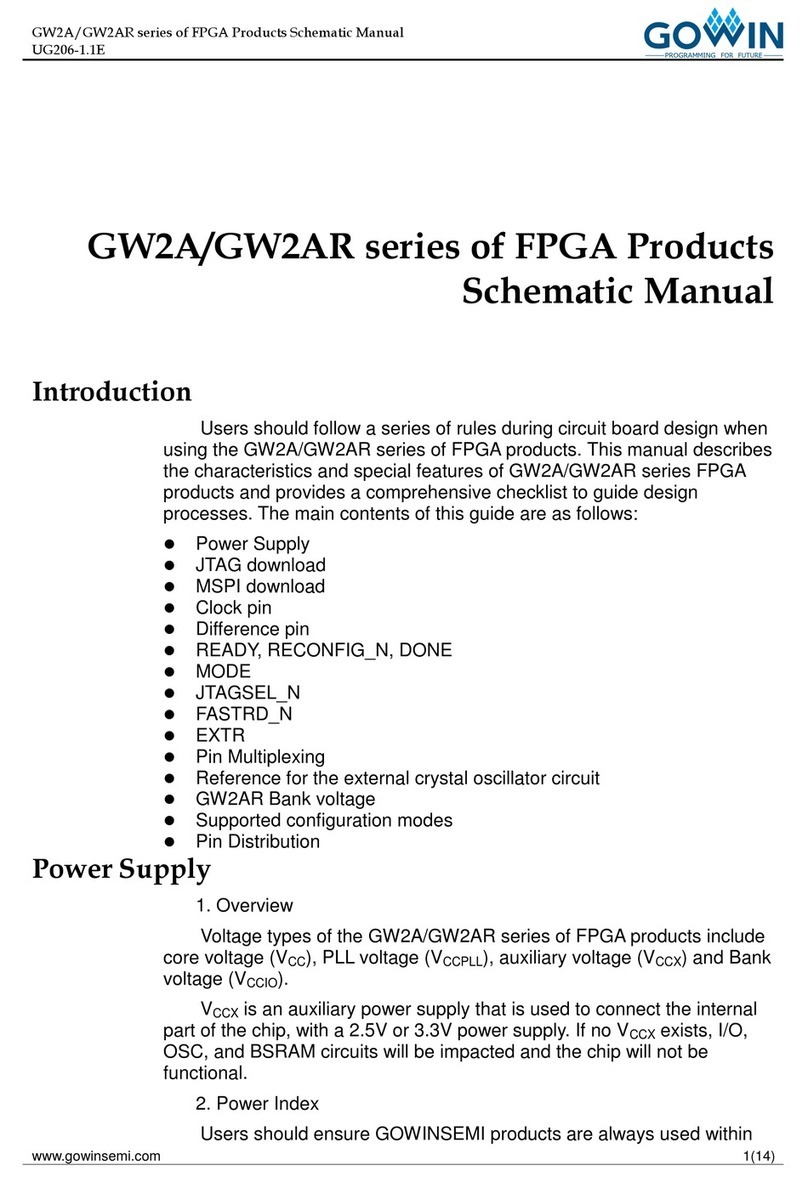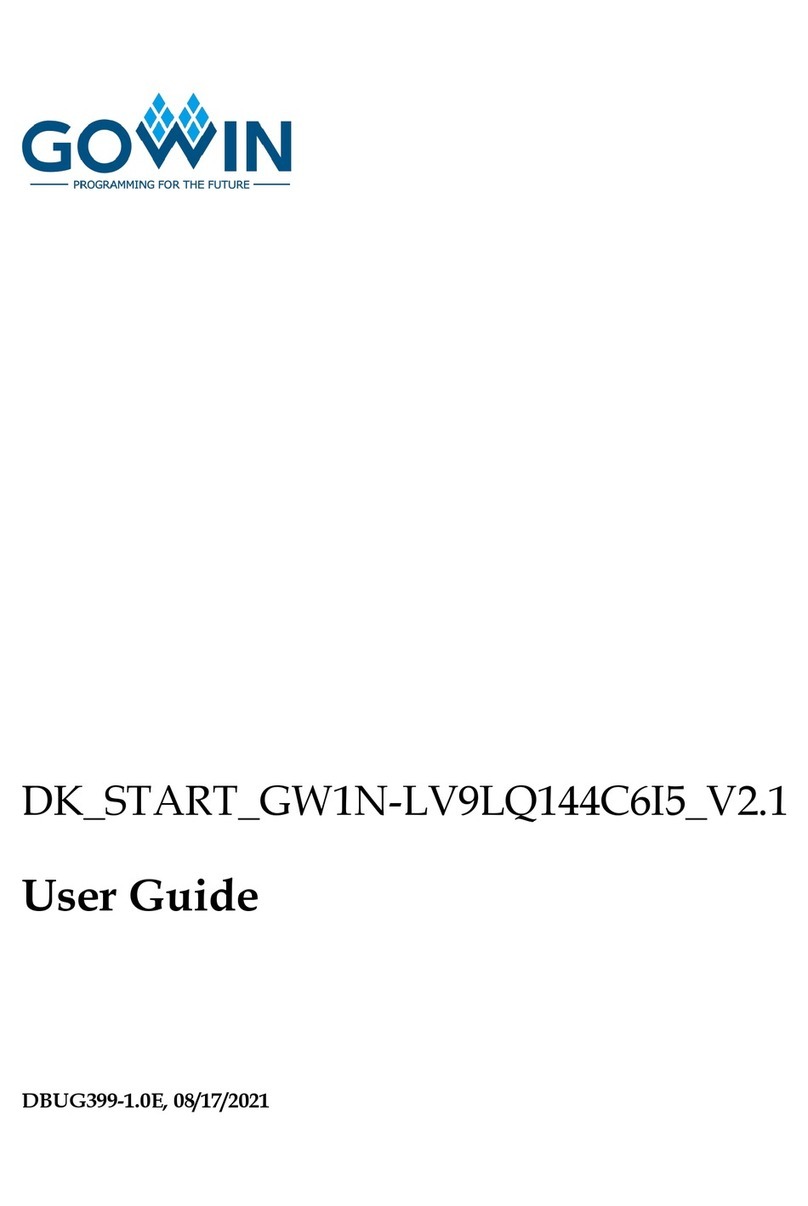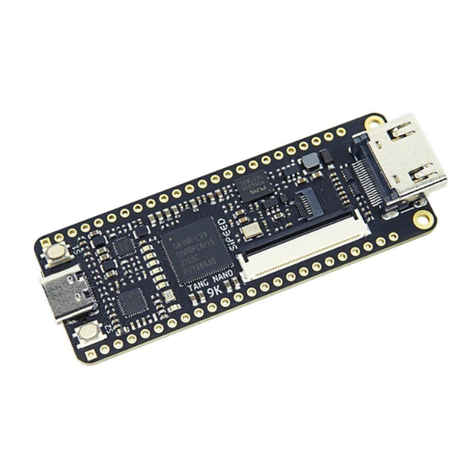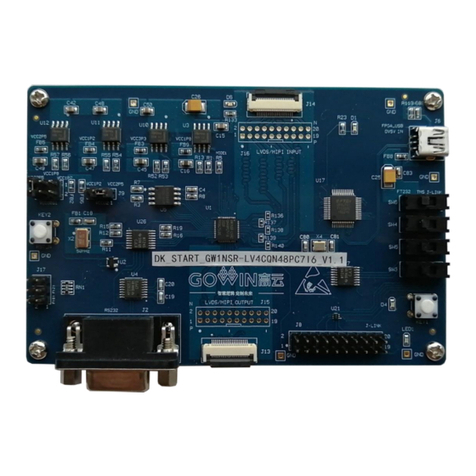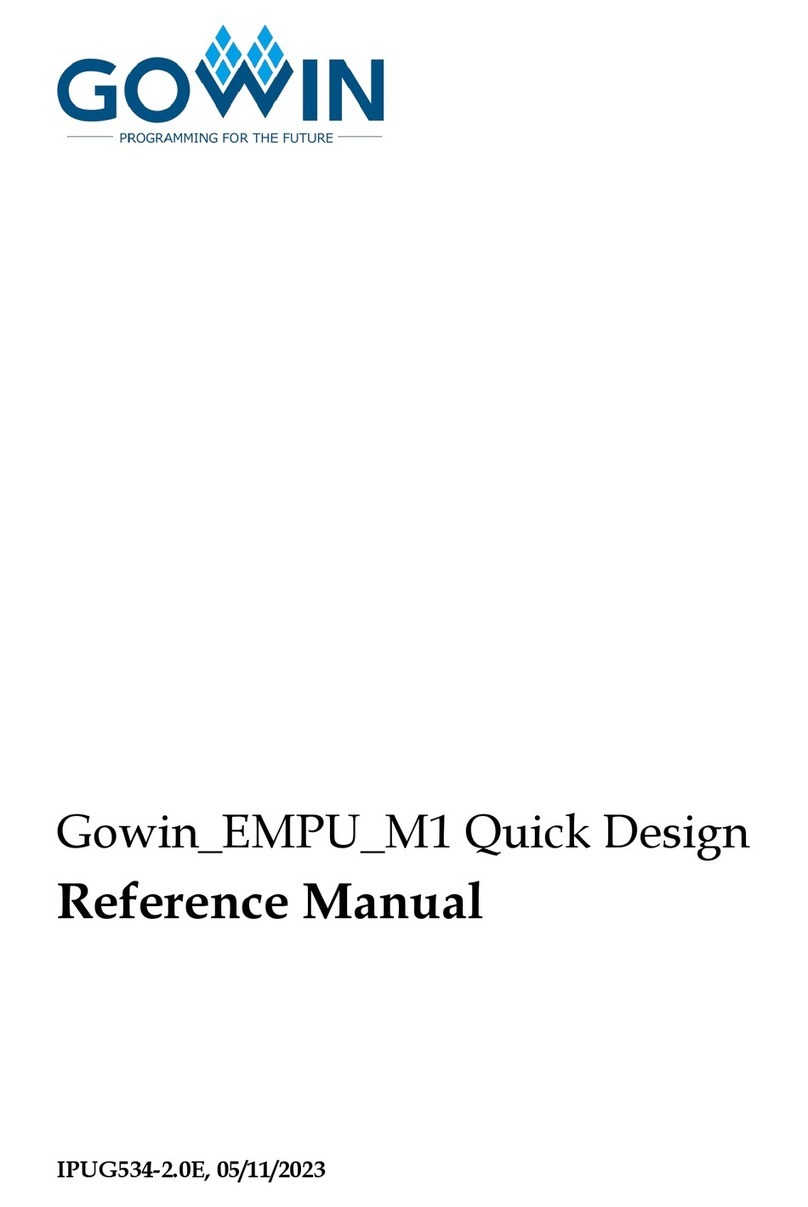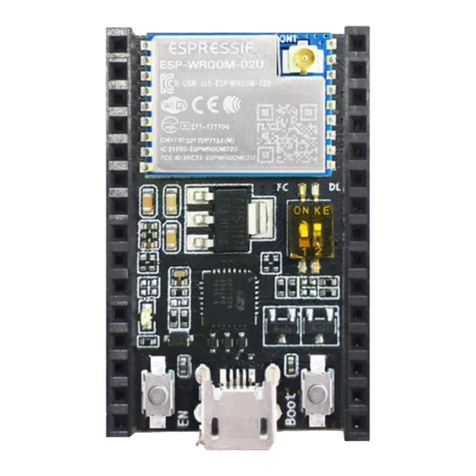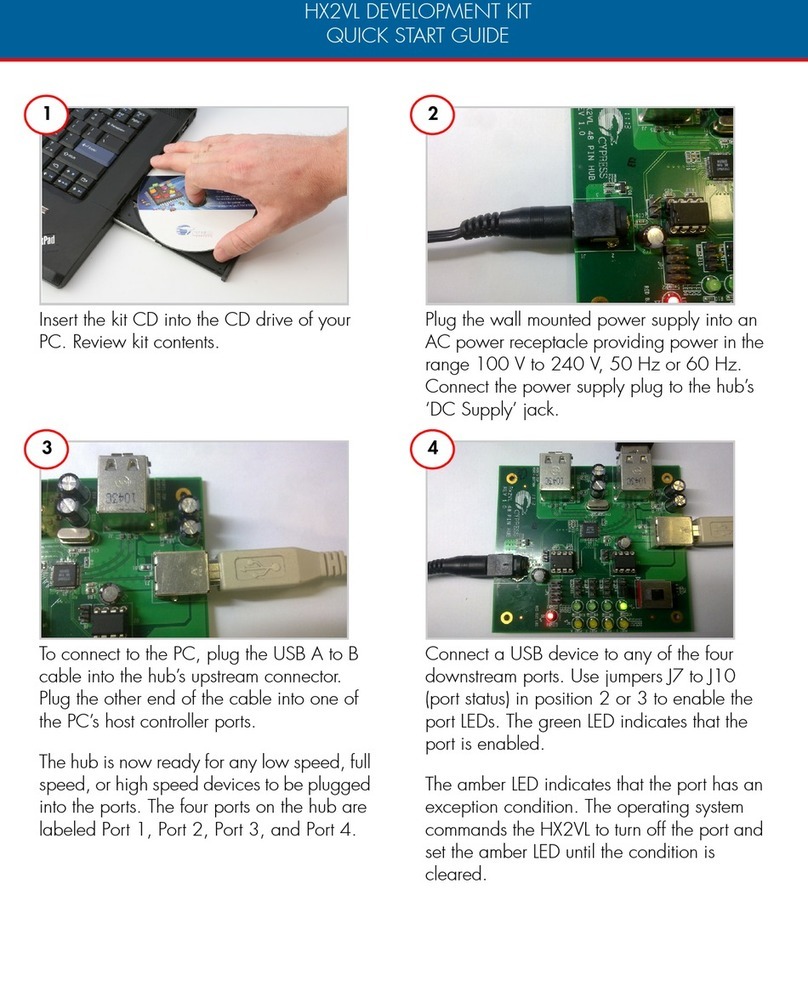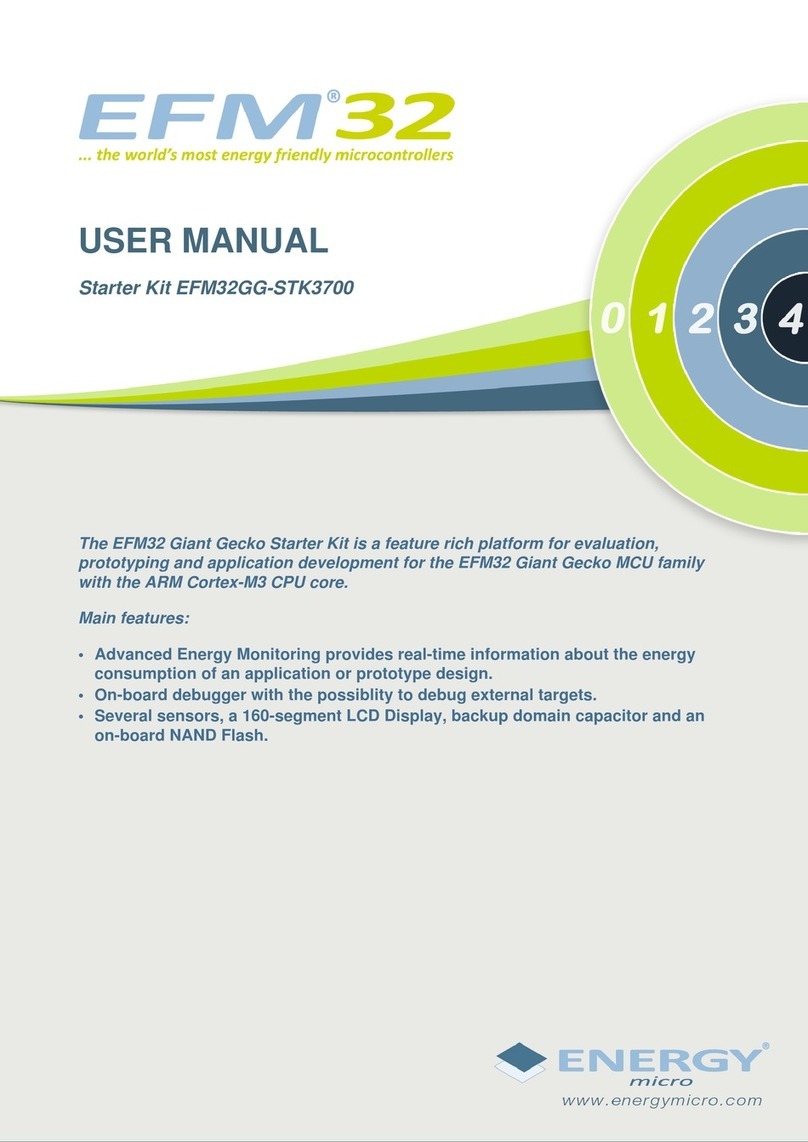3.3.1 Pinout.............................................................................................................................13
3.4 Clock, Reset .....................................................................................................................13
3.4.1 Overview........................................................................................................................13
3.4.2 Clock, Reset .................................................................................................................. 13
3.4.3 Pinout.............................................................................................................................13
3.5 LED ...................................................................................................................................14
3.5.1 Overview........................................................................................................................14
3.5.2 LED Circuit.....................................................................................................................14
3.5.3 Pinout.............................................................................................................................14
3.6 Key....................................................................................................................................14
3.6.1 Overview........................................................................................................................14
3.6.2 Key Circuit .....................................................................................................................15
3.6.3 Pinout.............................................................................................................................15
3.7 GPIO .................................................................................................................................15
3.7.1 Overview........................................................................................................................15
3.7.2 GPIO Circuit...................................................................................................................15
3.7.3 Pinout.............................................................................................................................16
3.8 MIPI/LVDS ........................................................................................................................16
3.8.1 Overview........................................................................................................................16
3.8.2 MIPI/LVDS Circuit ..........................................................................................................16
3.8.3 Pinout.............................................................................................................................17
3.9 ADC................................................................................................................................... 18
3.9.1 Overview........................................................................................................................18
3.9.2 ADC Circuit ....................................................................................................................19
3.9.3 Pinout.............................................................................................................................19
4Considerations ............................................................................................20
5Gowin Software ...........................................................................................21
6Quick Start ...................................................................................................22
